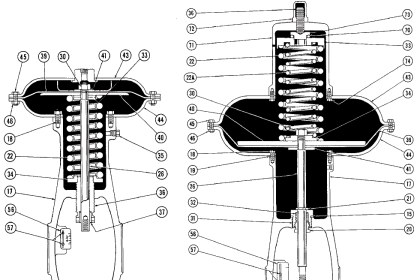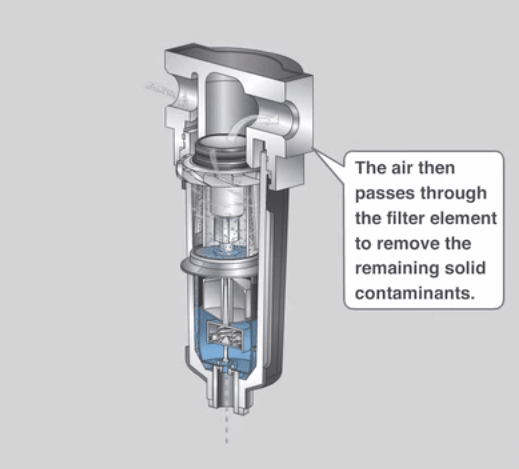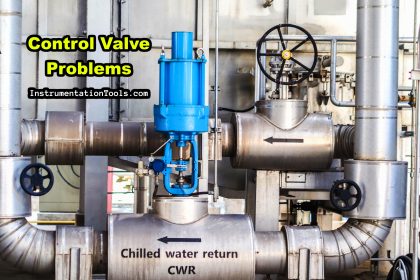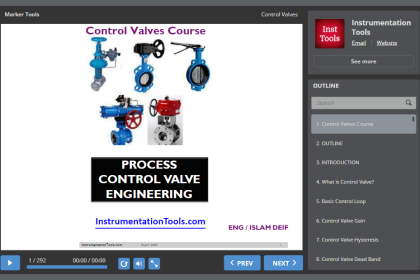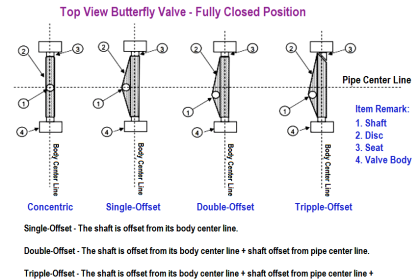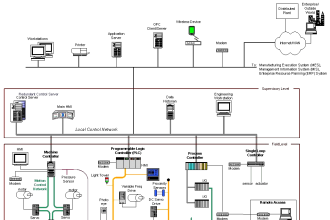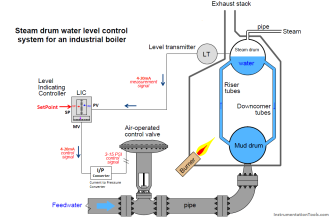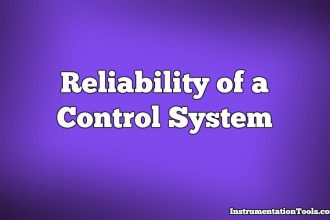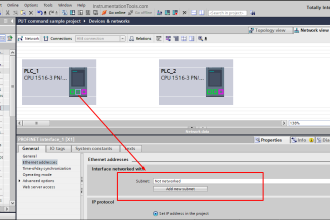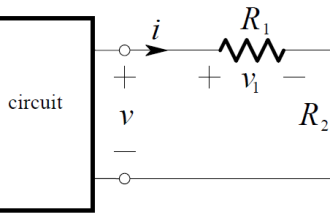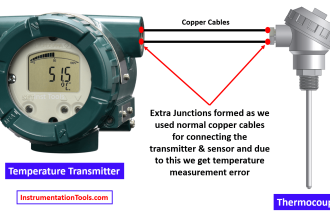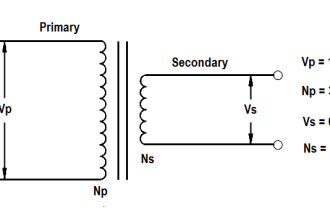Gate valves work by inserting a dam (“gate”) into the path of the flow to restrict it, in a manner similar to the action of a sliding door. Gate valves are more often used for on/off control than for throttling.
Contents
The following set of photographs shows a hand-operated gate valve (cut away and painted for use as an instructional tool) in three different positions, from full closed to full open (left to right):
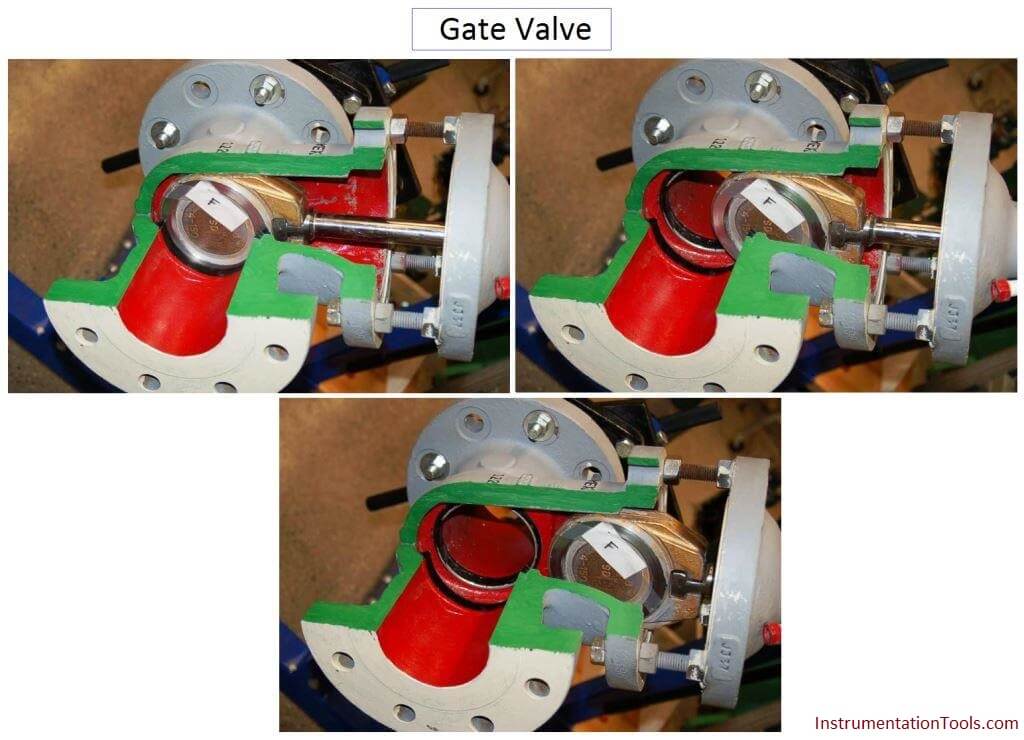
Applications
- Suitable for oil, gas, air, heavy liquids, steam, non-condensing gases, abrasive and corrosive liquids
- Sizes available range from standard cast configurations as small as 2″ to special fabricated valves exceeding 100″.
- Standard cast configurations have ASME 125/150 bolting patterns and are rated atb150 psi.
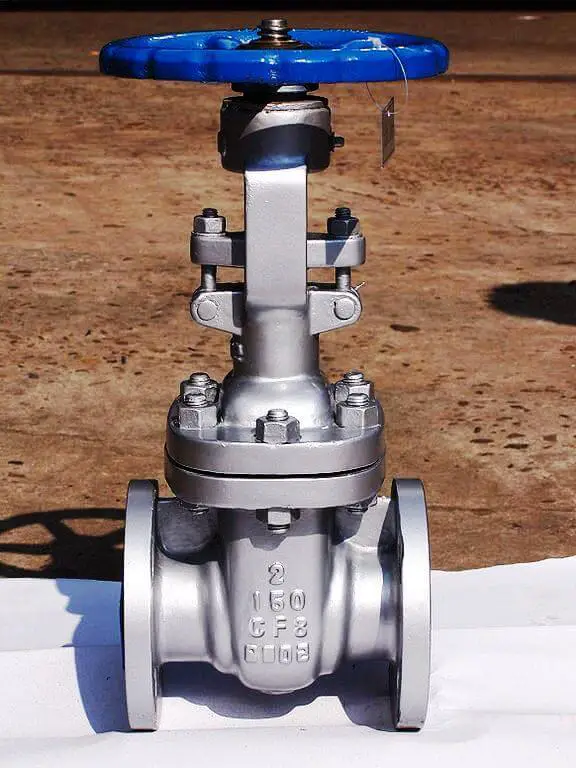
Also See : Gate Valve Animation
Advantages
- High capacity
- Tight shutoff
- Low cost
- Little resistance to flow
- Ability to cut through slurries, scale and surface build-ups
- Provide unobstructed flow paths that not only provide high flow capacity (Cv), but even allows slurry, large objects, rocks and items routinely found in mining processes to safely pass through the valve.
Disadvantages
- Poor control
- Cavitate at low pressure drops
- Cannot be used for throttling
- Relatively low pressure limitation – general pressure limitations are 150 psi at maximum.
